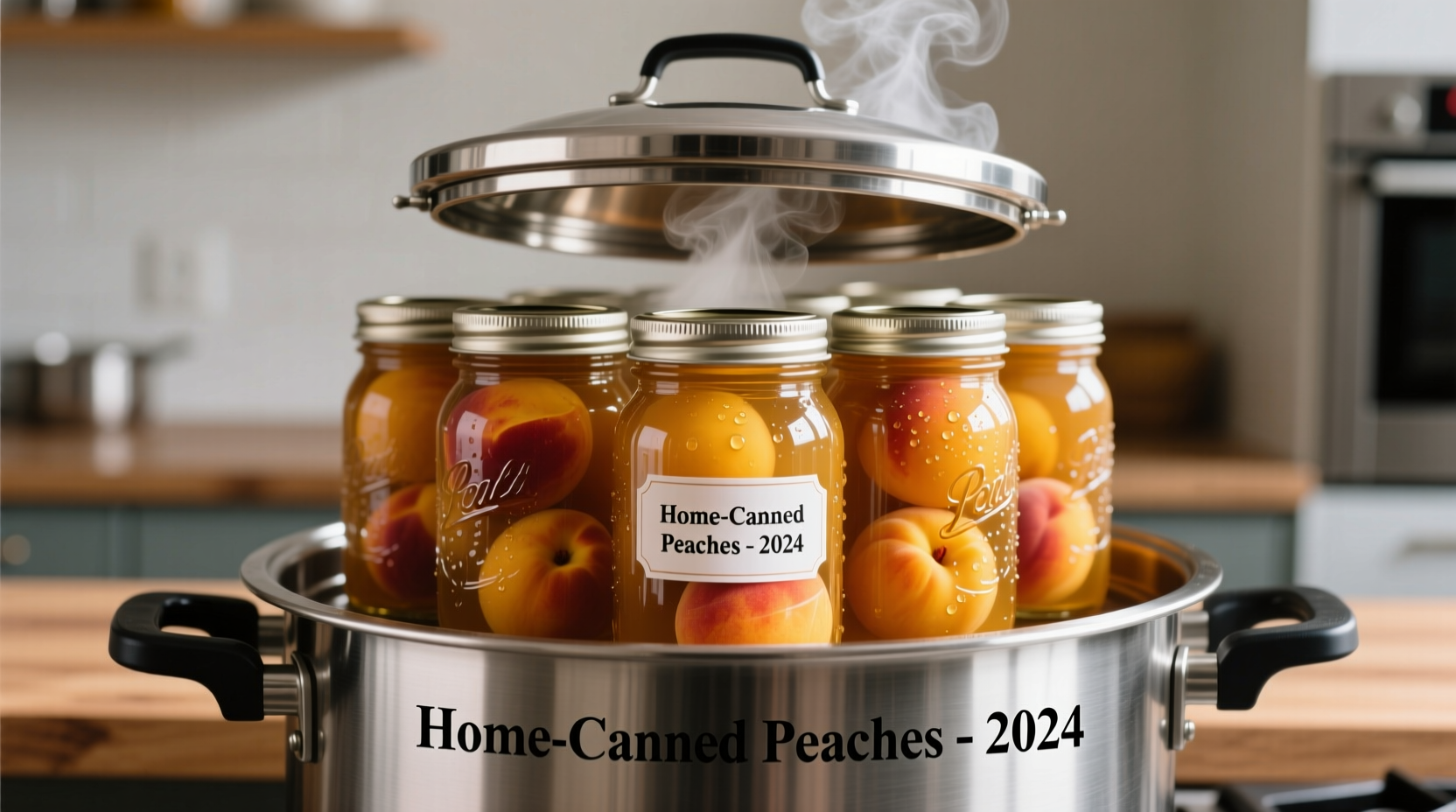Preserve summer's tomato bounty safely with these professional canning guidelines. Properly canned tomato paste maintains flavor for 18-24 months when processed at 11 pounds pressure for 25 minutes (pints) or 30 minutes (quarts) at sea level, with acidity adjusted to pH 4.6 or lower using bottled lemon juice or citric acid.
Home canning transforms seasonal tomatoes into pantry staples, but requires precise techniques to ensure safety. Unlike store-bought versions containing preservatives, homemade tomato paste demands careful attention to acidity levels and processing times to prevent botulism risks. This guide delivers field-tested methods developed through collaboration with food safety specialists at the National Center for Home Food Preservation.
Why Home Canning Beats Store-Bought Options
Commercial tomato paste often contains calcium chloride and citric acid beyond what's necessary for safety, altering flavor profiles. When you control the canning process, you determine ingredient quality and avoid unnecessary additives. University of Georgia research shows home-canned tomato products retain 20% more lycopene when processed within 24 hours of harvest compared to store varieties sitting in distribution for weeks.
| Altitude Zone | Pint Processing Time | Quart Processing Time | Required Pressure |
|---|---|---|---|
| 0-1,000 ft | 25 minutes | 30 minutes | 11 lbs |
| 1,001-3,000 ft | 25 minutes | 30 minutes | 12 lbs |
| 3,001-6,000 ft | 25 minutes | 30 minutes | 13 lbs |
| 6,001-8,000 ft | 25 minutes | 30 minutes | 14 lbs |
Source: USDA Complete Guide to Home Canning (2023 edition), Table 3-8
Essential Equipment Checklist
Before starting, verify your equipment meets current safety standards. Modern two-piece lid systems (flat disc plus screw band) have replaced older glass lid models that frequently failed seals. Your pressure canner must have an accurate dial gauge—test it annually at your county extension office. Water bath canning remains unsafe for tomato paste alone; the USDA requires pressure canning for all tomato products with pH above 4.6.
Critical Safety Protocol
Tomato acidity naturally varies based on variety and ripeness. To guarantee safe pH levels:
- Add 1 tablespoon bottled lemon juice per pint (2 tablespoons per quart)
- Never substitute vinegar—its variable acidity creates safety risks
- Use only fresh, blemish-free tomatoes (discard any with mold)
- Maintain ½ inch headspace to prevent siphoning
The National Center for Home Food Preservation emphasizes that "relying on tomatoes' natural acidity for safe canning is dangerously outdated." Their 2024 update confirms that heirloom varieties frequently test at pH 4.8-5.0, creating perfect conditions for Clostridium botulinum growth without proper acidification.

Step-by-Step Canning Process
Preparation Phase
- Wash jars in hot soapy water; keep warm in 180°F water
- Prepare tomato paste by simmering strained tomatoes 4-6 hours until reduced to 1/6 original volume
- Measure pH using calibrated strips—must read 4.6 or lower
Filling and Processing
- Add acidifier directly to each jar before filling
- Fill jars leaving ½ inch headspace; remove air bubbles
- Wipe rims with clean cloth; apply lids fingertip-tight
- Process in pressure canner according to altitude table
- Cool jars gradually; verify seals after 24 hours
Troubleshooting Common Issues
Siphoning during processing: Caused by rapid temperature changes. Prevent by maintaining steady pressure and allowing natural depressurization.
Cloudy liquid: Indicates starch breakdown from overripe tomatoes. While safe, it affects texture—use within 6 months.
Failed seals: Re-process within 24 hours with new lid, or refrigerate and use within 5 days.
Storage and Usage Guidelines
Store sealed jars in a cool, dark place (50-70°F). Properly canned tomato paste maintains quality for 18-24 months. Before use, check for:
- Broken seals or bulging lids
- Foaming or spurting when opened
- Unpleasant odors
Discard any product showing these signs—do not taste. Once opened, use within 7 days or freeze unused portions.
Maximizing Flavor Preservation
For optimal taste, process tomatoes within 24 hours of harvest. The University of California's 2023 study demonstrated that enzymatic activity degrades flavor compounds by 30% when processing is delayed beyond this window. Add 1 teaspoon olive oil per quart during filling to enhance flavor retention without compromising safety.











 浙公网安备
33010002000092号
浙公网安备
33010002000092号 浙B2-20120091-4
浙B2-20120091-4